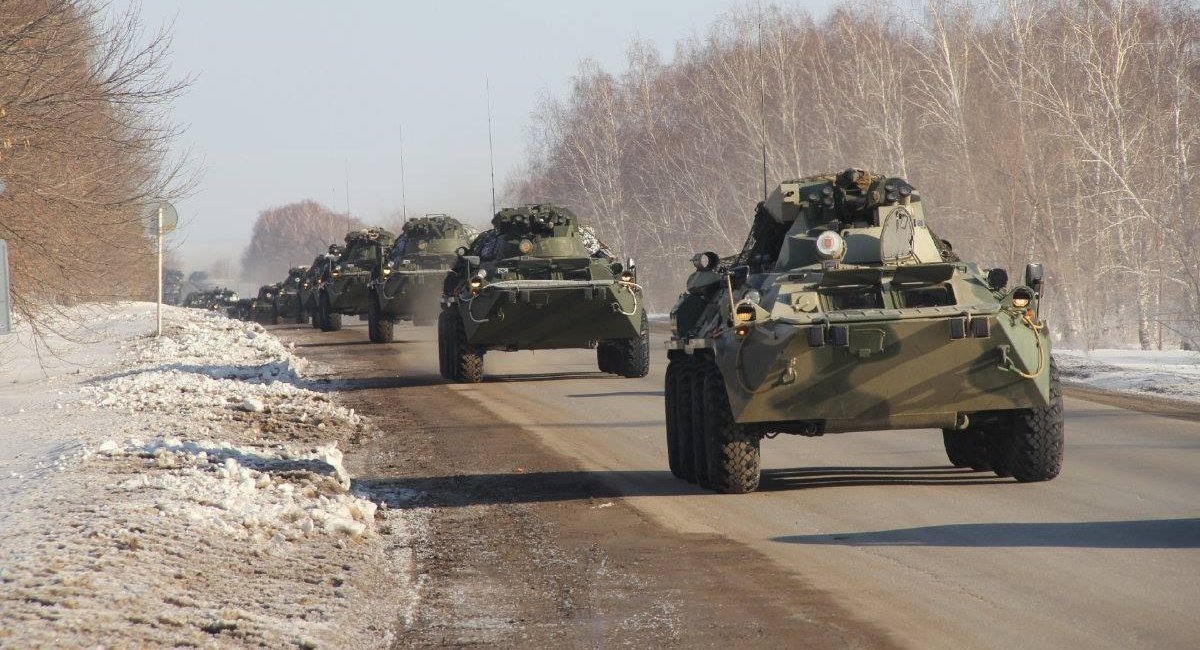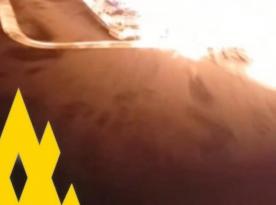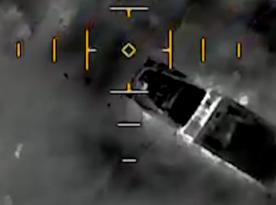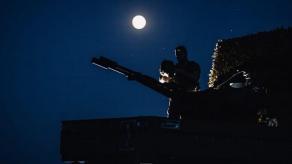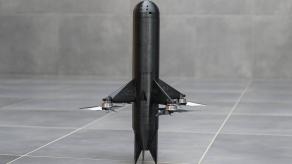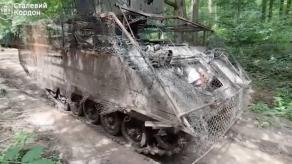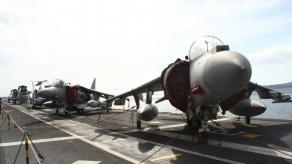The so-called "organizational changes" inside the russian military, earlier announced by the country's minister of defense Sergei Shoigu, introduce the creation of new divisions and brigades with subsequent increase in personnel of the armed forces up to 1.5 million.
This is an important process to understand how the Kremlin's resources will be allocated amid the ongoing war against Ukraine. Defense Express will analyze these changes in a series of articles starting with the russian plans to expand the existing motor rifle brigades into divisions.
Read more: russia is Ramping Up Production of Domestic Equipment, Including by Reducing Quality of Products
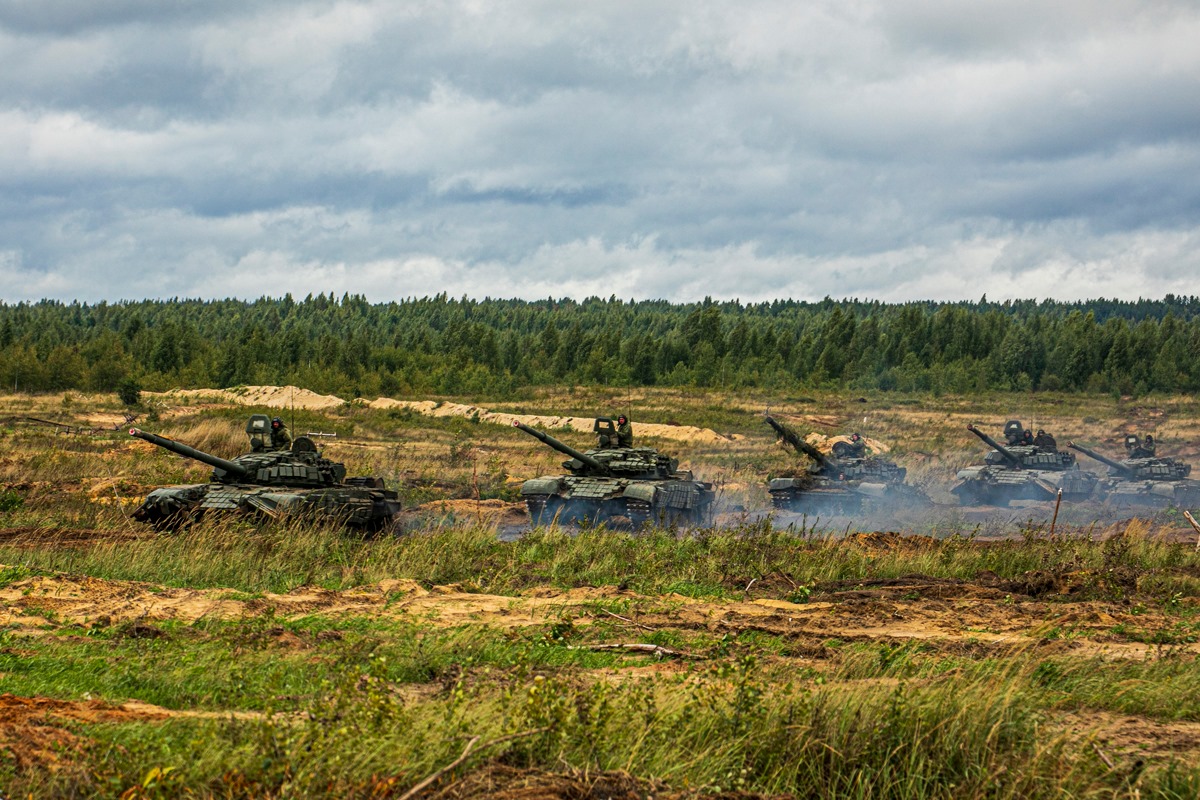
This task may be considered the easiest of the ones russia has set because there are already the foundation and the established command structure. At the same time, it is still a difficult objective even for peacetime, not to say during an all-out war when the process becomes many times more complicated.
We can also expect russian ministry of defense to choose the easiest way available and pick the biggest brigades with personnel numbers the highest among all as of 2021. With that in mind, the most likely candidates are:
- 27th and 138th Motor Rifle Brigades of the Western Military District
- 21st and 35th or the 74th Motor Rifle Brigades of the Central Military District
- 36th and 38th or 64th Motor Rifle Brigades of the Eastern Military District
- 200th Motor Rifle Brigade of the Northern Fleet Joint Strategic Command

Here we should note that some of the russian motor rifle brigades may be of different structures and vary in numbers of personnel and equipment. It was one of the effects of the 2008-2011 reform of the russian armed forces due to the clumsy transition from divisions and platoons to brigades. As a reminder, a reverse process of going back to divisions began in 2013. That is why it is important to determine a typical structure for both a division and a brigade. Most of the listed brigades have the following assets:
- 4,200 personnel
- 41 tanks
- 171 armored fighting vehicles
- 72 artillery systems (18 units of 120mm mortars, 36 units of 122/152mm artillery, 18 "Grad" MLRS)
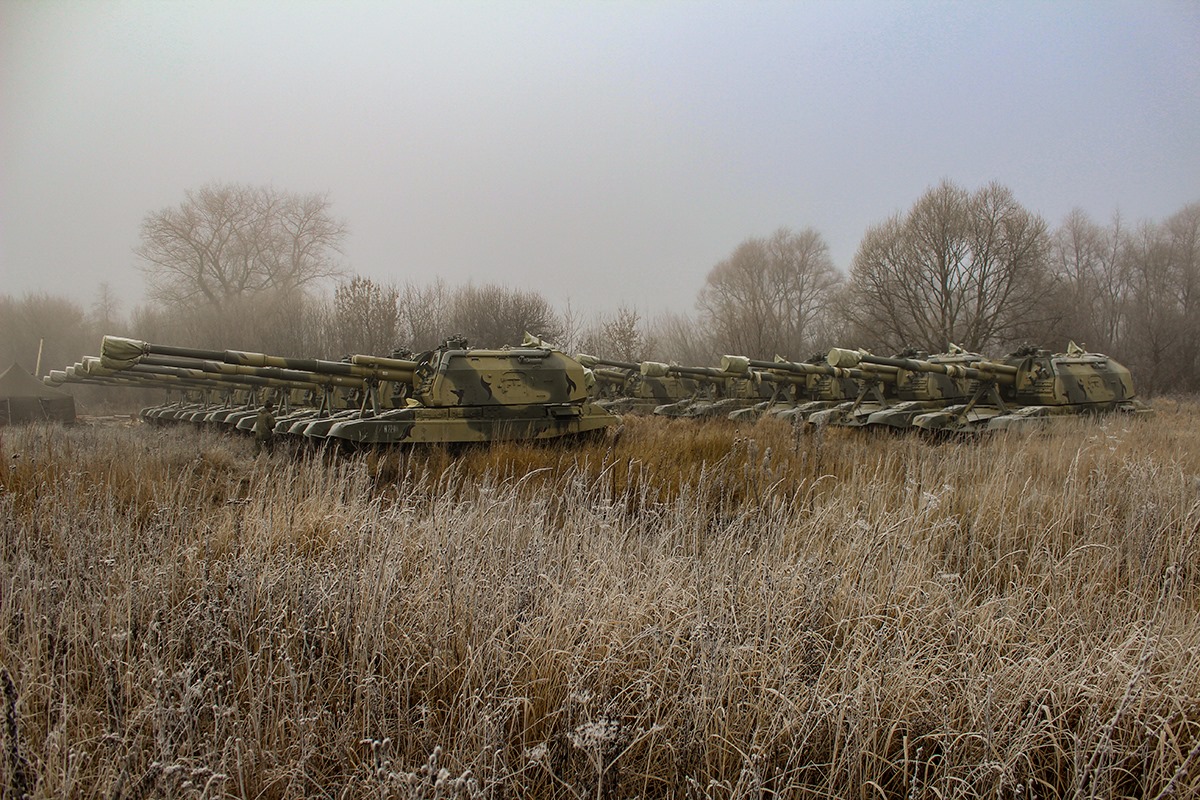
A conventionally typical motor rifle division, on its part, consists of two motor rifle platoons, one tank platoon, one artillery platoon and one air defense platoon, or generally speaking:
- 12,000 personnel
- 187 tanks
- 240 armored fighting vehicles
- 174 artillery systems (54 units of 120mm mortars, 90 units of 122/152mm artillery, 30 "Grad" MLRS)
Even if we take into account that a fully staffed and equipped brigade is being transformed, then for each such transformation another 146 tanks, 69 armored fighting vehicles and 102 artillery systems are necessary to find.
In reality, this will vary due to the fact that the brigades of the russian federation already had an incomplete or increased composition as of 2021; as for their current staff or overall combat capability, these parameters are questionable due to the ongoing war and the Armed Forces of Ukraine. Nonetheless, for the purpose of illustrative calculations, we can still rely on these data.
In summary, russian ministry of defense will need the following list of combat vehicles in order to equip seven full-fledged motor rifle brigades and reforge them into divisions: 438 tanks, 207 armored fighting vehicles, and 306 artillery systems.

In this situation, we can recall our earlier calculations on the russian defense industry's capacity to produce weapons as of 2021 and add the 30% boost of the main weapons production that the Kremlin claims to have achieved in 2022. In summary, we'll get 260 tanks and 260 armored vehicles of other types per year.
The issue of the refurbishment of old vehicles taken from storage is difficult to evaluate because of russian repair facilities being already too busy with work on equipment damaged in Ukraine and setting up new plants. As of 2021, the annual capacity of russian repair plants was up to 3,000 vehicles, both armored and not combined. We could take a provisional parameter, let's say russia can revive up to a thousand combat vehicles (half of them will be tanks) per year and only one-third will go to the new divisions and not straight to the frontline.
Thus we have a summary of all the refurbished, modernized and new vehicles: 410 tanks and 410 other armored vehicles annually. Therefore, it would take one entire year for a transition of seven full brigades to divisions.
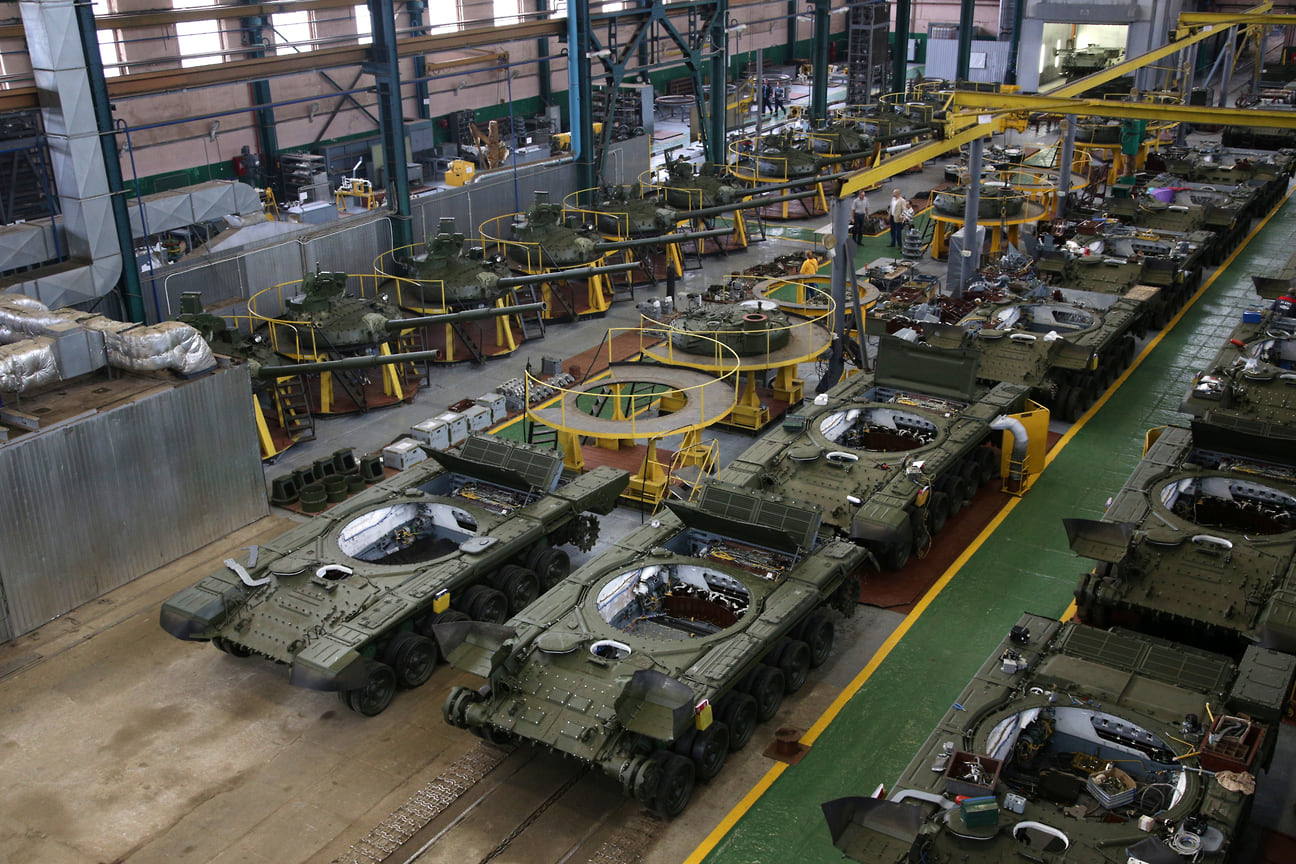
But in reality, it won't be a transition in the proper sense. Instead, it will be more of making new divisions out of the remnants of seven brigades worn in battles. To put it simply, the difference caused by the need to mitigate the losses is equal to creating three additional motor rifle divisions. In that case, creating ten full motor rifle divisions from scratch requires 1,870 tanks, 2,400 armored vehicles, and 1,740 artillery systems.
It amounts to 4-5 years of russian defense industry working non-stop at the current tempo. And we didn't even touch the astronomical plans of the russian defense ministry to create new airborne assault divisions, artillery divisions, and marine divisions, too.
*In the article, Defense Express intentionally, for the purpose of simplicity, did not consider all the other equipment and weapons pertaining to a motor rifle division according to standards, such as air defense weapons, engineering and specialized equipment, and non-armored means of transport.
Read more: russia Will Need 20 Years to Replenish Aircraft Lost in Ukraine War




